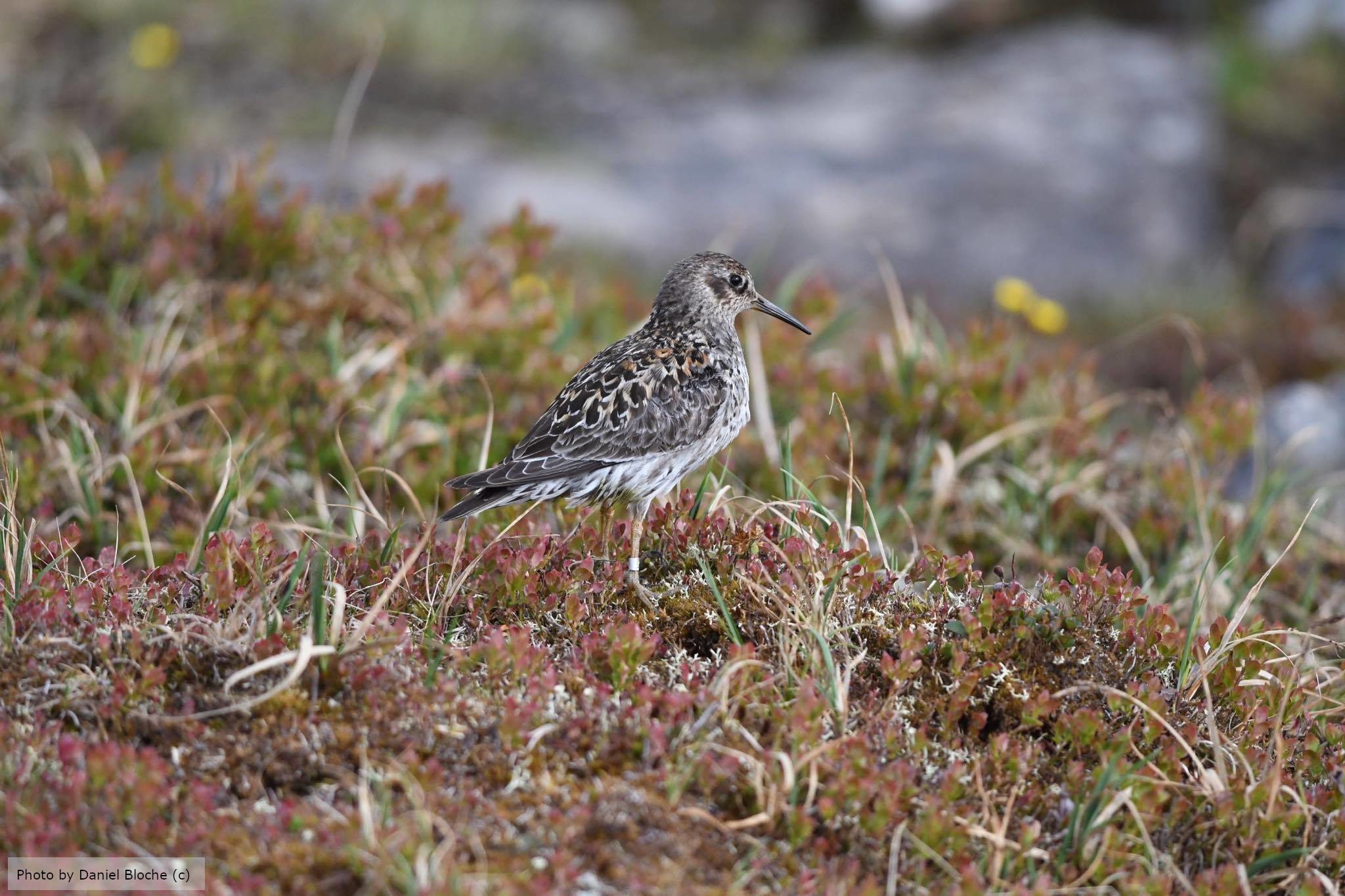Beståndsförändringar hos fåglar på kalfjäll runt Ammarnäs i södra svenska Lappland 1972—2011
DOI:
https://doi.org/10.34080/os.v23.22578Nyckelord:
populationsstudier, inventering, utbredningsexpansion, naturvård, populationförändringarAbstract
All birds were counted along six permanent routes (total length 90 km) located in the low alpine zone (800–1,000 m.a.s.l.) at Ammarnäs, southern Lapland, during forty years, 1972–2011. Eighty-three species were recorded; average 41 species and 1,677 birds per year. Number of species as well as population size increased for waterfowl, waders and other non-passerines but not for passerines. Thirteen of the thirty-eight most regular species had significant population trends, twelve of them positive. The route counts correlated well with the number of pairs in two adjacent territory mapping plots. The trends also correlated positively with those found in all mountain routes of the Swedish Bird Survey. Although not quite significant this similarity indicates that common large-scale factors are involved in governing the local population changes. Several of the species that have their main distribution at lower levels are expanding their ranges into the alpine zone. Despite the predominance of positive trends some species have more or less severe problems, requiring deeper studies or conservation measures: Melanitta fusca, Aythya marila, Philomachus pugnax, Eremophila alpestris and Plectrophenax nivalis.
Nedladdningar

Downloads
Publicerad
Referera så här
Nummer
Sektion
Licens
Författaren/författarna innehar copyright för varje enskilt bidrag, men samtliga bidrag är publicerade under en Creative Commons-licens, så att vem som helst kan dela och återanvända bidraget förutsatt att copyright-innehavaren erkänns.







